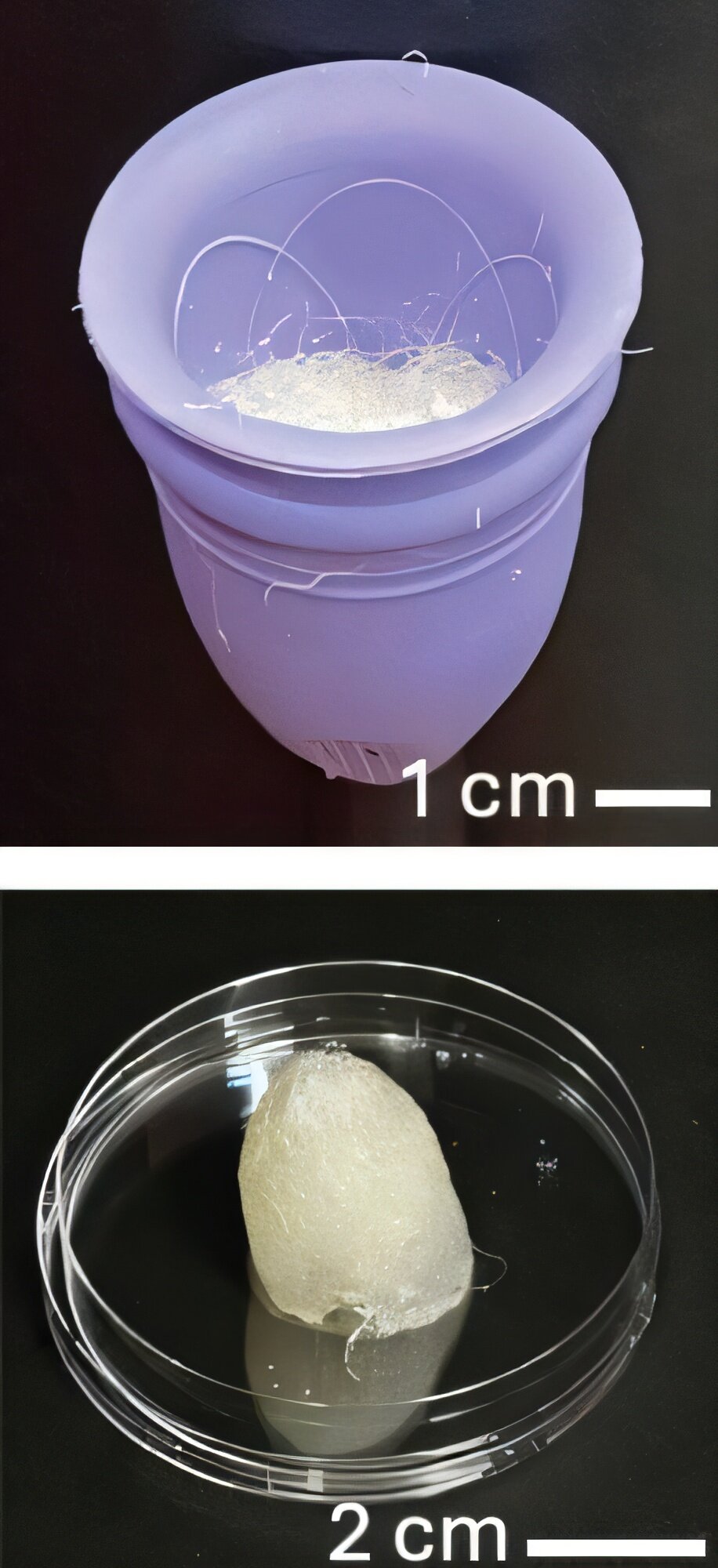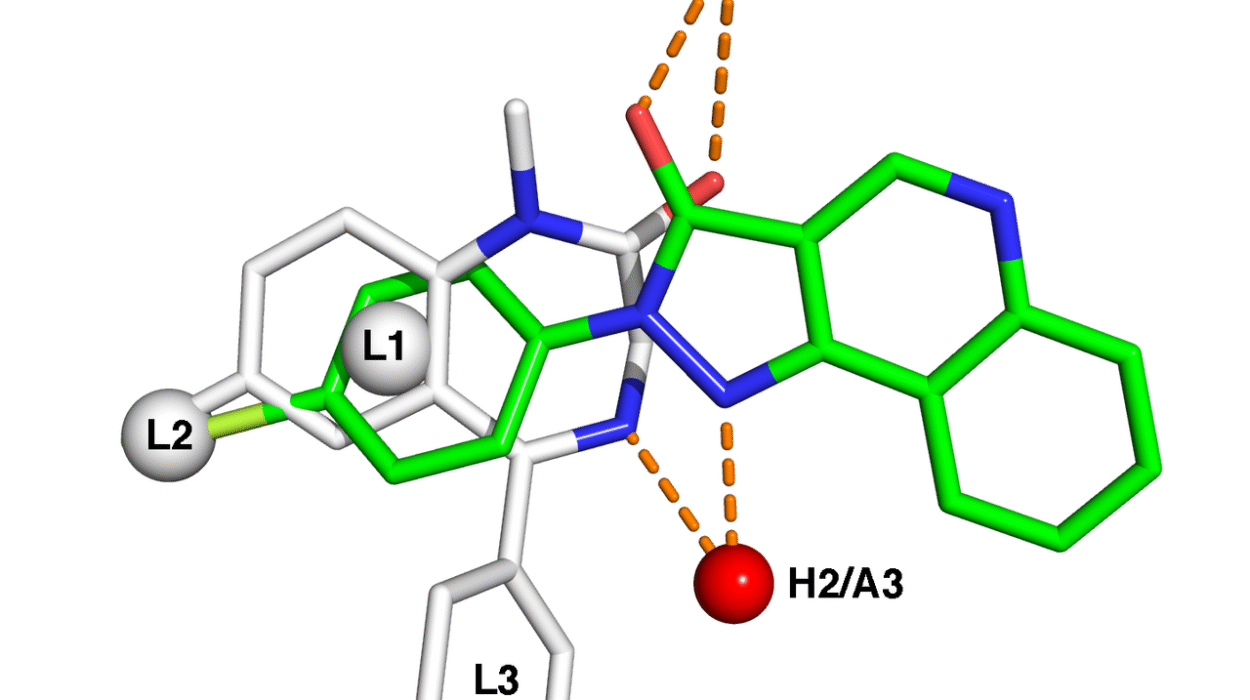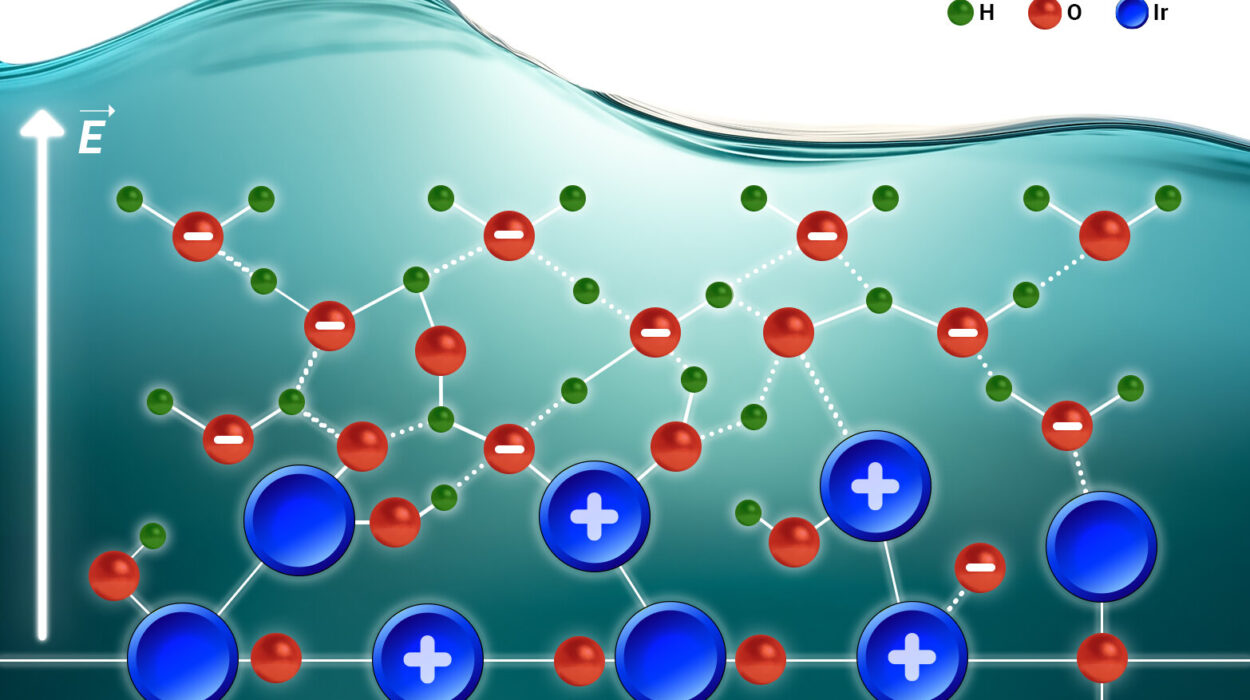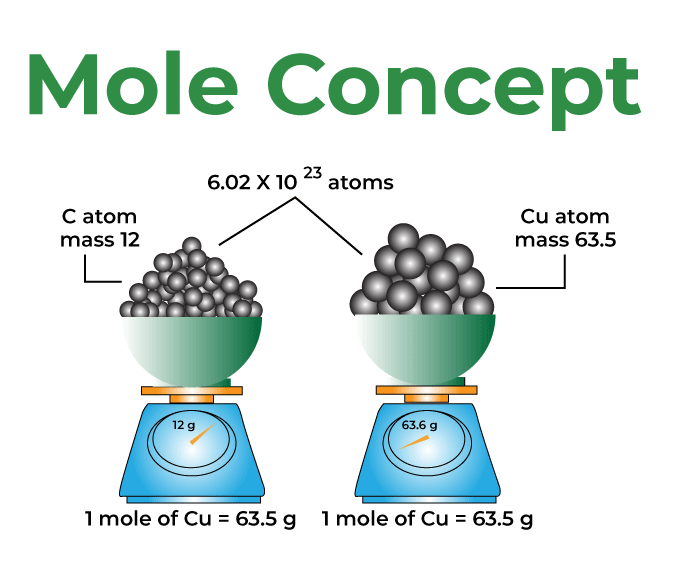For centuries, menstrual care has been defined by convenience, necessity, and stigma. In recent years, however, a growing movement toward sustainability and body-friendly design has transformed how people approach menstruation. Reusable menstrual cups, made from medical-grade silicone, have emerged as a leading alternative to single-use pads and tampons. They are cost-effective, eco-friendly, and long-lasting. Yet, even these modern solutions come with challenges—cleaning them can be time-consuming, and emptying them can sometimes be messy.
Now, scientists may have found a way to solve these problems through innovative materials science. Researchers from McMaster University in Canada have developed a self-cleaning menstrual cup coated with silicone oil, combined with a plant-based absorbent tablet designed to make usage safer, easier, and more hygienic. Their findings, published in the journal ACS Applied Materials & Interfaces, mark a significant step forward in the intersection of women’s health and advanced engineering.
Bridging Science and Sustainability
The global need for sustainable menstrual products is immense. Nearly two billion people around the world menstruate, and with growing awareness about plastic waste and environmental impact, many are seeking greener, reusable options. Traditional single-use pads and tampons generate vast amounts of non-biodegradable waste every year, much of which ends up in landfills or oceans. Menstrual cups, which can last for years, offer a powerful solution—but their adoption remains limited by practical issues.
As Dr. Tohid Didar, senior author of the new study, explains, “This research bridges advanced engineering and women’s health, creating a menstrual product that is not only self-cleaning and sustainable, but also opens doors for future health monitoring.”
Their goal was not just to improve functionality but to enhance safety, hygiene, and comfort—three aspects that determine whether people feel confident using menstrual cups regularly.
The Problem with Current Menstrual Cups
Despite their environmental and financial benefits, menstrual cups can be intimidating for new users. They require insertion, periodic removal, and sterilization between uses. Most cups must be boiled in water or cleaned with sanitizing solutions to eliminate bacteria, which can be inconvenient and impractical in many situations—especially where access to clean water or private facilities is limited.
Moreover, users often report accidental spills during removal or discomfort when cleaning and reinserting the cup. These issues can discourage individuals from switching from disposable products to reusable ones, even when they recognize the ecological benefits.
The McMaster University team set out to eliminate these barriers through two simple but powerful modifications: a silicone oil coating to make the cup self-cleaning and an alginate-based absorbent tablet to minimize mess during use.
A Cup That Cleans Itself
The first innovation lies in the coating. The researchers took a standard, commercially available menstrual cup made of medical-grade silicone and infused it with silicone oil. This oil is a type of liquid polymer that naturally repels water and prevents adhesion of organic material, including blood and bacteria.
When they tested bacterial growth on three different menstrual cups, the silicone oil–infused version performed remarkably well. It repelled Escherichia coli (E. coli) bacteria far more effectively than the uncoated versions. Furthermore, the oil coating prevented menstrual fluid from sticking to the cup’s surface, meaning users could clean it easily with just soap and water.
Dr. Didar noted that this modification removes the need for boiling the cup between uses—a time-consuming step that also poses safety risks if users are not careful. “People would only need to wash the coated cup with soap and water; no boiling is required,” he explained. This small but crucial change could make menstrual cups far more accessible, especially in regions without easy access to clean water or kitchen facilities.
A Plant-Based Tablet That Absorbs and Dissolves
The second innovation addressed another key challenge—emptying the cup. Some users find it unpleasant or unhygienic to remove a cup filled with menstrual fluid, particularly in public restrooms. To make this process cleaner and more comfortable, the researchers created an absorbent, biodegradable tablet made from alginate, a natural polymer derived from brown algae.
To make the tablet, the team spun alginate into fine fibers and linked them together using calcium chloride, forming a soft, fluffy material. This material has several unique properties—it clots blood quickly, absorbs large amounts of liquid, and breaks down harmlessly over time.
When tested in the lab, a single 1-gram tablet absorbed about 15 milliliters of whole human blood—the same capacity as the menstrual cup—over an eight-hour period. The tablet then gradually dissolved over four days in a saline solution, breaking down into biocompatible compounds.
Even more importantly, when tested for bacterial activity, the alginate fibers did not promote or inhibit bacterial growth compared to a control sample. This finding suggests the material is safe for potential use inside the body and suitable for intimate consumer products.
To prepare the prototype for real-world testing, the researchers pressed and cut the fibers into small teardrop-shaped tablets that fit snugly inside menstrual cups. Once inserted, the tablet absorbs menstrual fluid as it accumulates, reducing the risk of spills during removal.
Engineering Hygiene and Comfort
What makes this innovation particularly exciting is how it integrates two materials-engineering strategies into a single, user-friendly product. The silicone oil coating simplifies cleaning, while the alginate tablet enhances hygiene and usability. Together, they address some of the most persistent concerns about menstrual cups: difficulty cleaning, messiness, and hygiene.
In essence, these modifications take an already sustainable product and make it more practical for everyday use. They also highlight a broader trend in scientific research—using bioinspired materials and eco-friendly polymers to design solutions that respect both the human body and the planet.
Toward Real-World Application
The study’s next step is to determine whether these materials can be mass-produced and safely integrated into commercial products. Researchers will test the manufacturing feasibility of the alginate fibers and assess whether the absorbent tablets can be flushed or disposed of safely after use.
If these prototypes can be scaled effectively, they could transform menstrual care around the world—especially in communities where access to sanitation, clean water, or affordable period products is limited.
Dr. Zeinab Hosseinidoust, co-lead of the study, emphasized this global potential: “By making period care more accessible, hygienic, and equitable globally, innovations like this have the potential to make a significant impact on women’s everyday health and well-being.”
A Step Toward Health Equity and Environmental Sustainability
This breakthrough is not just about engineering—it is about empowerment. Menstrual hygiene is a critical but often overlooked component of global health and gender equality. Lack of access to safe and affordable menstrual products affects millions of people, limiting their mobility, education, and social participation.
At the same time, the environmental cost of disposable products continues to rise. The average person who menstruates uses up to 11,000 pads or tampons in a lifetime, contributing significantly to plastic waste. Reusable menstrual cups already offer a more sustainable alternative, but the new self-cleaning design and biodegradable tablet make this option even more appealing.
By reducing the effort and discomfort associated with cleaning and maintenance, these innovations can help make reusable menstrual care accessible to more people worldwide—without sacrificing hygiene or safety.
Beyond Period Care: The Future of Bioengineered Health Products
Perhaps most intriguingly, the research opens the door to new possibilities beyond menstrual health. The same self-cleaning and absorbent technologies could be adapted for other medical or personal care applications. The materials’ ability to resist bacterial growth, absorb bodily fluids, and degrade safely suggests potential use in wound dressings, implants, and diagnostic tools.
The team also envisions that future iterations of menstrual cups could include biosensors that track menstrual health, hormone levels, or signs of infection—transforming a routine product into a tool for personalized health monitoring.
This integration of biotechnology and personal care exemplifies the direction of modern health innovation: combining comfort, sustainability, and smart design to enhance everyday life.
The Emotional and Social Impact
Menstruation is a deeply personal experience, yet it remains burdened by cultural taboos and systemic neglect. For too long, menstrual health has been underfunded, under-discussed, and misunderstood in both medical research and product innovation. The development of a safer, more accessible, and environmentally conscious menstrual cup represents more than a technical achievement—it is a statement of respect for a natural process shared by nearly half of humanity.
Innovations like this send a clear message: menstruation deserves thoughtful, evidence-based solutions rooted in empathy, dignity, and science. Every person deserves the ability to manage their period comfortably, cleanly, and confidently, regardless of where they live or what resources they have.
More information: Shaghayegh Moghimikandelousi et al, Self-Cleaning Menstrual Cups with Plant-Based Biodegradable Superabsorbent Fibrous Tablets for Hygienic and Sustainable Period Care, ACS Applied Materials & Interfaces (2025). DOI: 10.1021/acsami.5c16140






